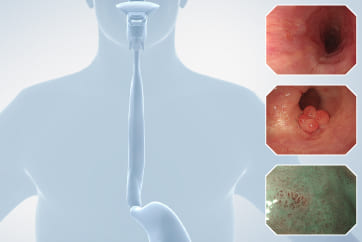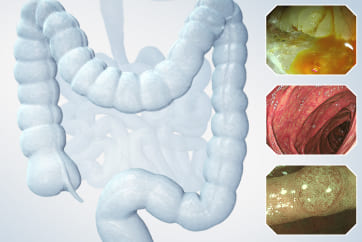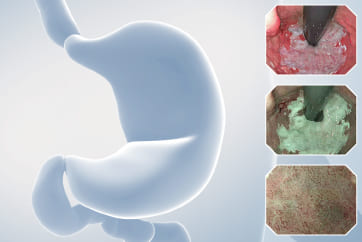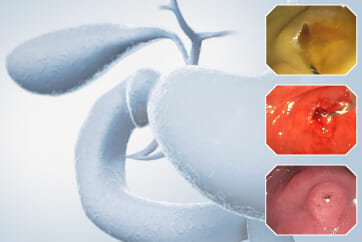Colorectal Case 20

Prof. Yasushi Sano
Kansai Medical University, Osaka, Japan
Sano Hospital, Kobe, JapanDisclaimer:
NBI™ and TXI™ technologies are not intended to replace histopathological sampling as a means of diagnosis.
The positions and statements made herein by Prof. Yasushi Sano are based on Prof. Yasushi Sano’s experiences, thoughts and opinions. As with any product, results may vary, and the techniques, instruments, and settings can vary from facility to facility. The content hereof should not be considered as a substitute for carefully reading all applicable labeling, including the Instructions for Use. Please thoroughly review the relevant user manual(s) for instructions, risks, warnings, and cautions. Techniques, instruments, and setting can vary from facility to facility. It is the clinician’s decision and responsibility in each clinical situation to decide which products, modes, medications, applications, and settings to use.
The EVIS X1™ endoscopy system is not designed for cardiac applications. Other combinations of equipment may cause ventricular fibrillation or seriously affect the cardiac function of the patient. Improper use of endoscopes may result in patient injury, infection, bleeding, and/or perforation. Complete indications, contraindications, warnings, and cautions are available in the Instructions for Use (IFU)
1. Data on file with Olympus (DC00489968)
2. Data on file with Olympus as of 07/17/2020
3. Young E, Rajagopalan A, Tee D, et al. Texture and color enhancement imaging improves colonic adenoma detection: A multicenter randomized controlled trial. Gastroenterology. 2024;166(2):338-340.e3.
4. Sano Y, Saito Y, et al. Efficacy of magnifying chromoendoscopy for the differential diagnosis of colorectal lesions. Digestive Endoscopy. April 2005 Pages 105-116.
Scope: CF-EZ1500 DI
Histology: Tubulovillous adenoma, low-grade dysplasia, including small foci of high-grade dysplasia with traditional serrated adenoma-like appearance.
Organ: Rectum
Patient information: Male, 73 y.o.
Medical history: FIT positive
6. NBI™ technology with electronic zoom

Enhancement : A8
NBI Mode : On (mode 3)
TXI Mode : NA
RDI Mode : NA
BAI-MAC : On
9. Chromoendoscopy with electronic zoom

Enhancement : A8
NBI Mode : NA
TXI Mode : NA
RDI Mode : NA
BAI-MAC : On
Case Videos
Video 1: Observation by WL, TXI™, NBI™ technologies
Video 2: Observation by chromoendoscopy with Indigo carmine
Overall Comment
EVIS X1™ technology with CF-EZ1500 DI colonoscope provides a high-quality image. TXI™ technology will enhance the identification of lesions during examination.3 Once a lesion has been identified, the clear focused image contributes a detailed examination of morphology of the lesion. The excellent image quality extends to NBI™ technology mode, and together with electronic zoom function, accurate characterization of the lesion can be made.2
In this case, the parts of tubulovillous adenoma and traditional serrated adenoma (cicada wing-like findings) are mixed, and the differences in endoscopic findings can be well educated 4.
* Specifications, design and accessories are subject to change without any notice or obligation on the part of the manufacturer
Dr. Ho Dang Quy Dung Case 21: 0-IIa (LST-non-granular type), 25mm, JNET 2A+2B
Prof. Yasushi Sano
- Content Type















